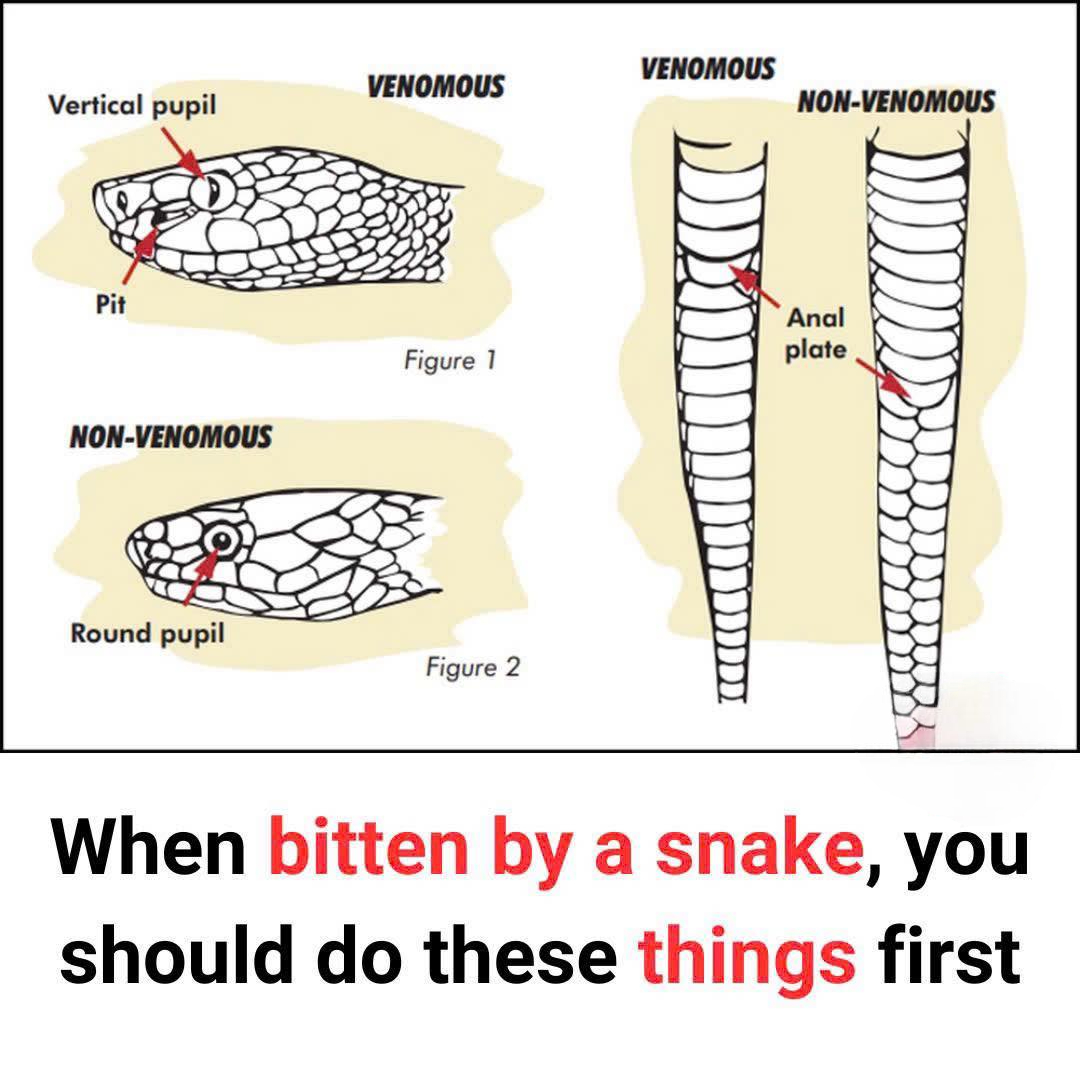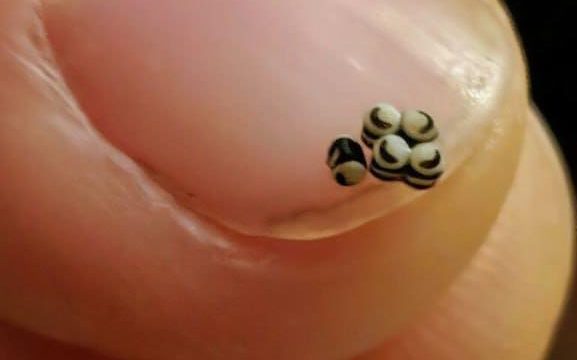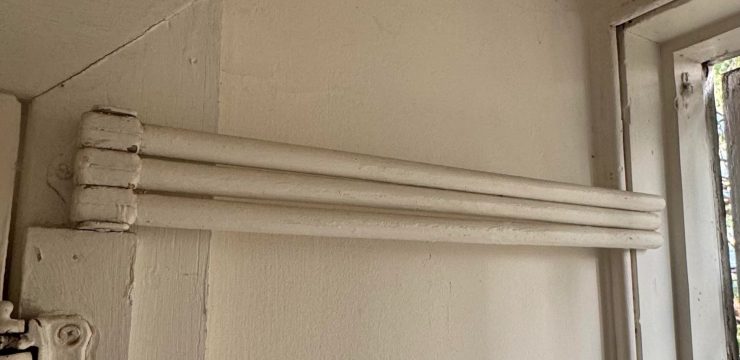Just the thought of a snake bite is enough to make most people uneasy, and if you ever find yourself in that situation—feeling the sting of a bite as a snake slithers away—what you do next could literally save a life. Staying calm and knowing how to react is far more useful than any panic-driven instinct or movie myth you’ve seen. Contrary to popular belief, sucking out venom or cutting the wound is not only outdated advice but potentially harmful.

Instead, the key lies in understanding the danger, recognizing the symptoms, and applying effective first aid. To begin with, not all snakes are venomous, which is a relief. In North America, about 80% of snakes are nonvenomous and pose little threat beyond a scare. However, the 20% that are venomous can cause serious damage if not handled correctly. Among the venomous species to look out for in the U.S. are rattlesnakes, copperheads, cottonmouths (also known as water moccasins), and coral snakes. Pit vipers, which include the first three, are easy to recognize by their triangular heads, vertical pupils, and heat-sensing pits located between their eyes and nostrils. Coral snakes differ in appearance, bearing round pupils and brightly colored bands of red, yellow, and black. A common rhyme to identify them is: “Red touches yellow, kill a fellow; red touches black, friend of Jack.”
Most snake bites occur on the upper body—especially the hands and arms—and happen because the victim didn’t see the snake or got too close. Nonvenomous bites typically result in mild pain, slight swelling, redness, and small puncture wounds or scratches. These are generally harmless unless they become infected or trigger an allergic reaction. On the other hand, venomous bites escalate quickly. Common symptoms include sharp pain at the bite site, swelling, bruising, nausea, vomiting, difficulty breathing, confusion, or even a metallic taste. Some snakes, such as coral snakes, produce neurotoxic venom that targets the nervous system rather than tissue. In such cases, you might experience slurred speech, drooping eyelids, trouble swallowing, tingling sensations, or even paralysis. If there’s any doubt about whether the snake was venomous, always treat the bite as if it was.
Occasionally, snakes deliver what’s known as a “dry bite,” where no venom is injected. Even in these situations, medical evaluation is necessary because of the risks of infection or stress-related symptoms. So what should you do if someone is bitten by a snake? First and foremost, remain as calm and still as possible. This helps keep the heart rate low, slowing the spread of venom. Second, call 911 or get to an emergency room immediately—don’t delay, and don’t try to tough it out. Third, immobilize the bitten area and keep it below heart level to minimize venom spread. If possible, use a splint or a makeshift support to reduce movement. Fourth, remove any tight clothing or jewelry near the bite site because swelling can happen quickly and cut off circulation.
Fifth, if it’s safe and possible, take a photo of the snake or remember its color and shape—this helps medical staff determine the right antivenom—but never try to capture or chase the snake. There are also critical things you should never do after a snake bite. Don’t suck out the venom—it doesn’t work and can introduce bacteria into the wound. Don’t cut the bite site—it increases the risk of infection and bleeding. Don’t apply ice or a tourniquet—ice can damage tissue and a tourniquet can block blood flow entirely. Avoid alcohol and caffeine since they raise your heart rate, which accelerates venom circulation. And never try to kill or catch the snake; it’s dangerous and wastes time. The reality is, snakes usually prefer to avoid humans and only strike when they feel threatened. If you’re in snake-prone areas like forests or brushy trails, wear boots, keep your pant legs tucked, and always look before placing your hands or feet. In conclusion, snake bites are frightening, but they don’t have to be deadly. The more you know about how to handle a snake encounter, the better off you’ll be. Quick thinking, calm behavior, and proper first aid can mean the difference between a bad scare and a life-threatening emergency. Share this information with your loved ones so they’re prepared too—because when it comes to surviving a snake bite, knowledge is your most powerful defense.





